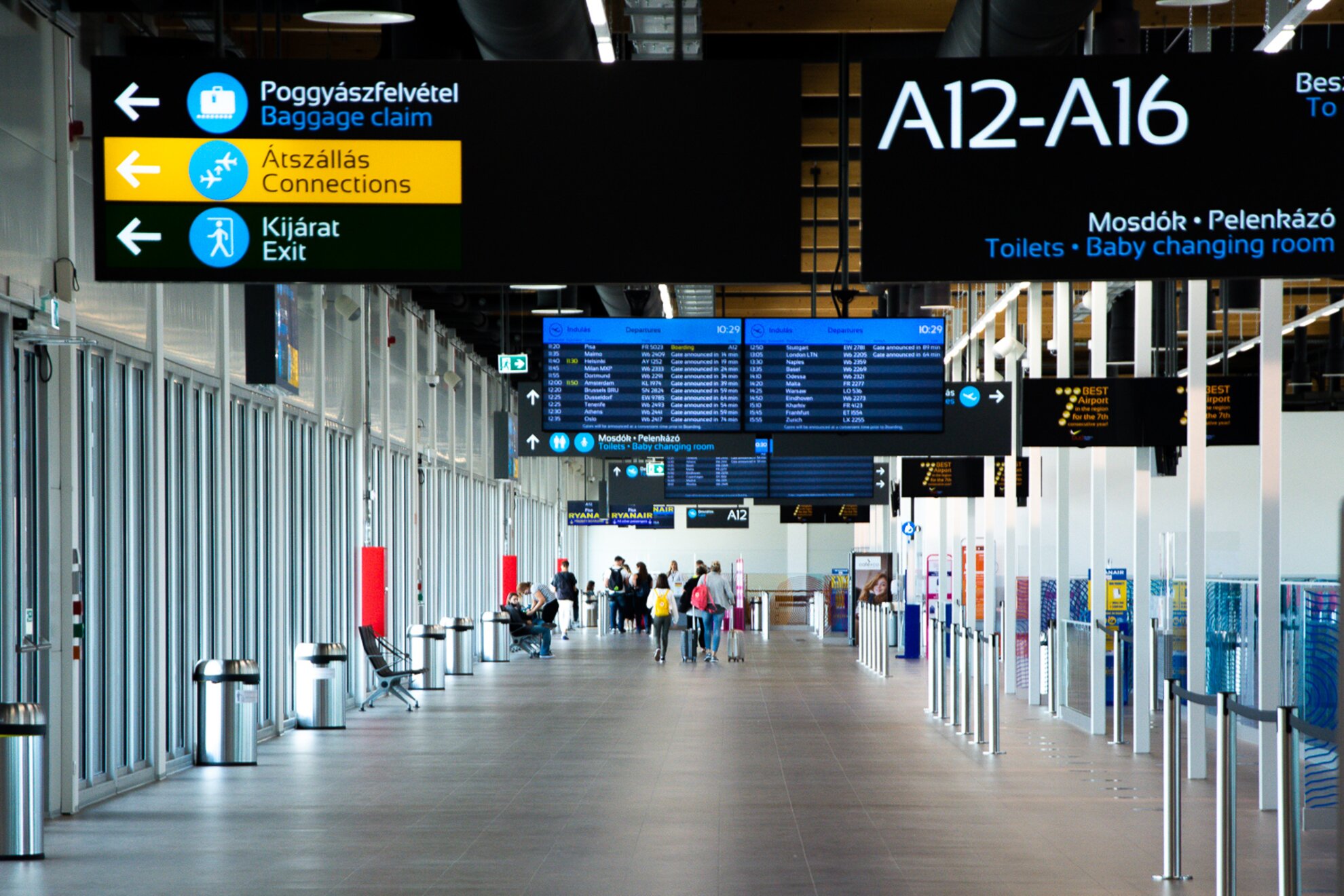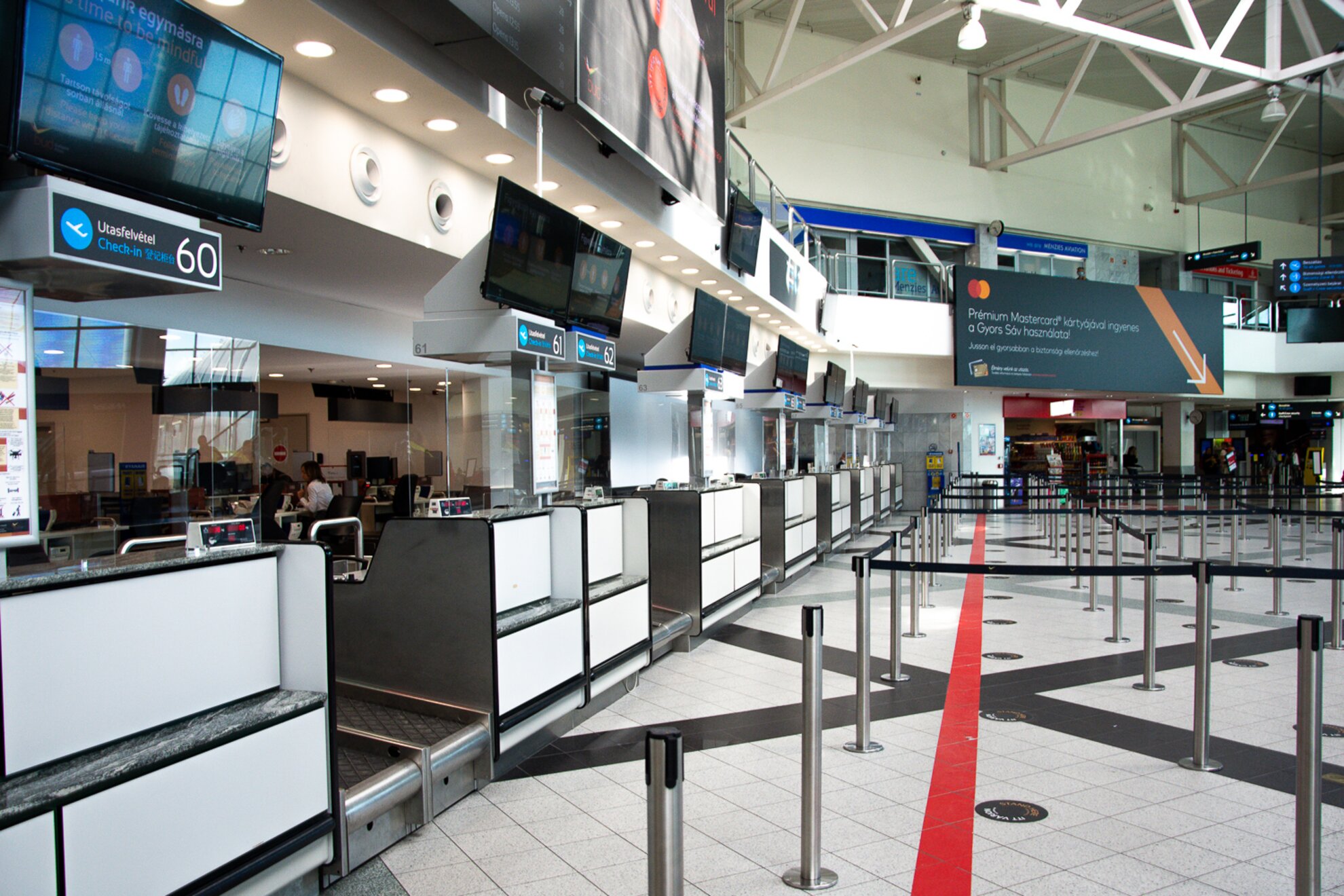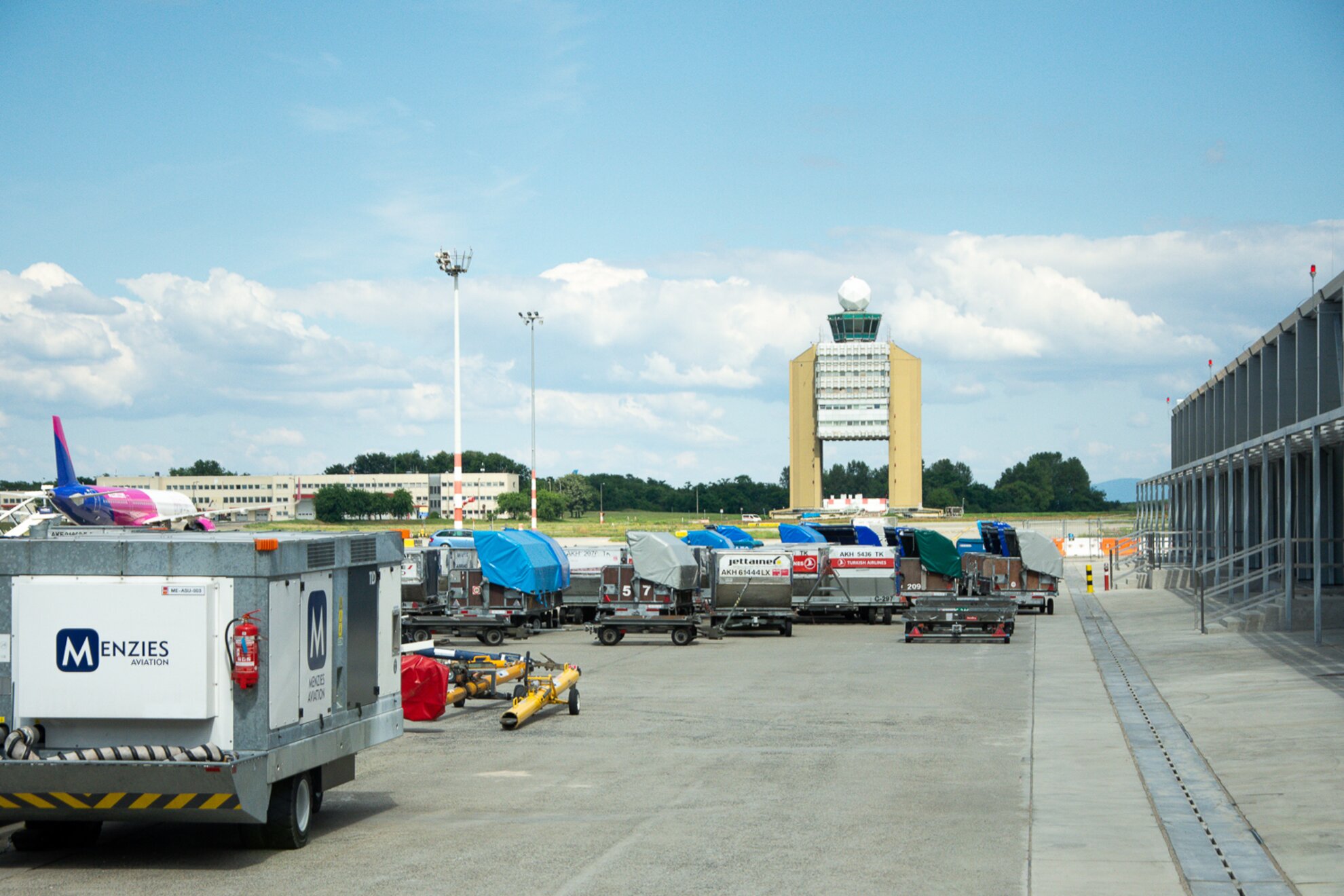
While passenger numbers dropped considerably during the pandemic, Chris Dinsdale, incoming CEO of Budapest Airport, does expect a modest recovery by the end of the summer.
Friends and family
“The segment of visiting friends and relatives, mainly by those working abroad, made up a considerable 41% of the 2019 traffic at Budapest Airport – this is expected to come back fastest,” says Dinsdale, who has been living in Hungary for most of this century.
“City breaks will also recover moderately quickly, a major segment in 2019 at 35%. Business travel and long-haul will probably return slowly over the coming years, but these only made up 18% and 5% in 2019, respectively. Realistically, we don’t expect more than 70% of the 2019 figures this July and August. An even more likely scenario is that the recovery in the late summer months is likely to be approximately 50% of 2019 levels. A full recovery will likely take a few years.”

Dinsdale was more positive where the mid- and long-term were concerned: “From the beginning of construction until the completion of the new Terminal 3, we reckon on a period of about three years, dependent on the extent to which construction can be phased and how seamlessly. According to current forecasts, construction could begin in 2025, but this timeline will be driven by the pace and structure of the recovery and is hence likely to change”.
Welcome back, Terminal 1!
“Having said that, until the new terminal building is completed, we intend to temporarily reopen Terminal 1, with the addition of a pier to increase capacity and improve the passenger experience. We originally planned to reopen T1 this year but this, too, has been delayed because of the pandemic, just like the construction of the new terminal and the related infrastructure. We hope to receive the required permit soon.”

Improved airport access is also on the agenda: “The construction of a multi-storey car park is part of the long-term airport development plan that we worked on together with the government. However, this also involves a multifunctional transport hub, transforming access to the airport. Those arriving by bus, minibus and taxi will be able to approach the airport easily, while the train station would be constructed along with this planned hub. I personally very much like this concept, since it gives equal access to the terminal for all passengers. This would also contribute to reducing traffic on the airport express road”.
As illustrated by recent opening of the aerial silk road between China and Budapest, a direct freight link with Zhengzhou, cargo is another area for positive growth. “The global changes experienced in supply chains and problems in other modes of transport in 2020 undoubtedly created opportunities for air cargo, which could essentially be exploited best by cargo-friendly airports.”

Cargo volumes at Budapest were stable (134,500 tonnes, a decrease of only -0.8%) compared to a year ago, while all competitor airports suffered.
“We do not expect a decline in cargo. On the contrary, we have begun reviewing the potential further expansion of Cargo City, as we believe that annual cargo volume could reach 150,000 tonnes this year. Budapest Airport will continue to pursue all new opportunities to expand our participation in the cargo and integrator sectors, for the benefit of the local economy and the Hungarian economy as a whole.”




